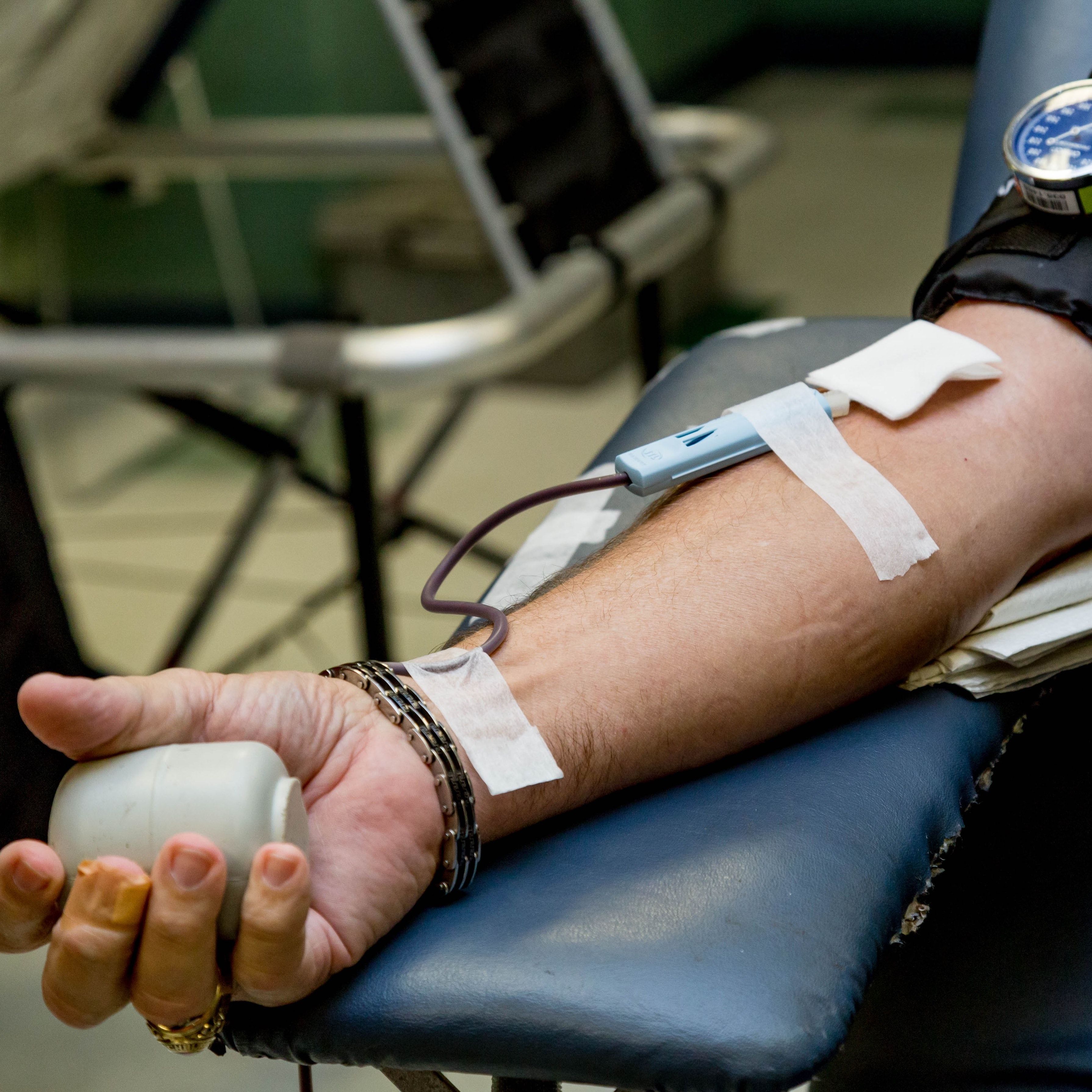Video
TDF versus TAF-Based Regimens in HIV Infection
Joseph Eron, MD: Dan, you can talk a little bit about TDF [tenofovir disoproxil fumarate] versus TAF [tenofovir alafenamide]? Again, if it ain’t broke, don’t fix it. But someone comes in on a TDF regimen. Is that the right thing? That may be something that primary care providers, or people that do HIV treatment as part of their job, might need to know.
Daniel Kuritzkes, MD: Sure. Tenofovir is the drug, but tenofovir is poorly absorbed. And so, it has to be formulated as a prodrug. TDF, or the disoproxil fumarate version, was the version that was available. When that drug was absorbed, the prodrug got cleaved so that tenofovir circulated in the plasma. That’s what got into the cells. So, you needed relatively high levels of tenofovir in the blood to get enough into the cell.
This newer form, TAF, the alafenamide formulation, is also a prodrug. But it doesn’t get cleaved when it goes across the intestine. It gets cleaved when it actually enters the cell. So, you can give much lower doses of TAF and achieve much higher concentrations of tenofovir in the lymphocytes. And so, we’ve really gone from giving 300 mg of TDF to 25 mg or more, depending on the formulation, of TAF. And yet, you get 6 times’ higher levels of the active drug in the cell. That’s remarkable.
The reason this is potentially important, clinically, is that although TDF was quite well tolerated, overall it did have some risk of tubular injury. The magnitude of that risk and whether it was cumulative has been hotly debated and has not yet been resolved. It’s also pretty clear that when you start somebody on a TDF regimen, the patients had a measurable and notable decline in bone mineral density [BMD], which would then stabilize. The magnitude of that loss was about the same as what happens in women when they go through menopause. So, not a trivial decline in bone mineral density.
With TAF, that decline in BMD is much lower. If you switch someone from TDF to TAF, you see a rise in bone mineral density. You also see an improvement in the markers of tubular injury. What’s missing here is that we don’t have hard clinical endpoints. There’s no study that’s shown that somebody staying on TDF is at greater risk for developing clinically significant renal insufficiency or fracture. But TAF is clearly less likely to predispose to those. And all other things being equal, I think it’s hard to rationalize why you would at least newly prescribe TDF as opposed to TAF. Whether everybody needs to be switched or not is a bigger question.
Joseph Eron, MD: I guess it’s the “all things being equal” thing. Right now, the cost is approximately similar. That could change, right Eric?
Eric Daar, MD: Yes, it’s possible. There are some creative new regimens that may be coming out as single-tablet regimens with TDF. A new NNRTI [non-nucleoside reverse transcriptase inhibitor], doravirine, is being looked at by the FDA. In theory, they could have 2 drugs that are generic with the 1 new active drug as a single-tablet regimen. We don’t know how it will be priced, but price could become relevant.
Joseph Eron, MD: Certainly, TDF in someone who’s young and healthy with normal renal function, we were fine with it for quite some time.
Daniel Kuritzkes, MD: A critical point, with respect to our PrEP [pre-exposure prophylaxis] discussion, is that the only currently approved formulation of tenofovir for PrEP is the TDF/FTC [emtricitabine] formulation. There are ongoing clinical trials to see whether the TAF/FTC formulation is as effective. But for the time being, people should only be prescribing the TDF formulation of tenofovir for PrEP.
Eric Daar, MD: And the other sort of scenario where TAF may not be as ideal: it’s not yet recommended for pregnancy because we don’t have any data. And interaction with rifamycin is complicated. With most of our drugs, we can use rifabutin as an alternative to rifampin. We can’t really do that right now.
Daniel Kuritzkes, MD: You can double the dose. There were data presented, from one of the pharmacology workshops, that said that if you double the dose of TAF, you can overcome the rifampin effect. But that’s not an official recommendation yet.
Transcript edited for clarity.





